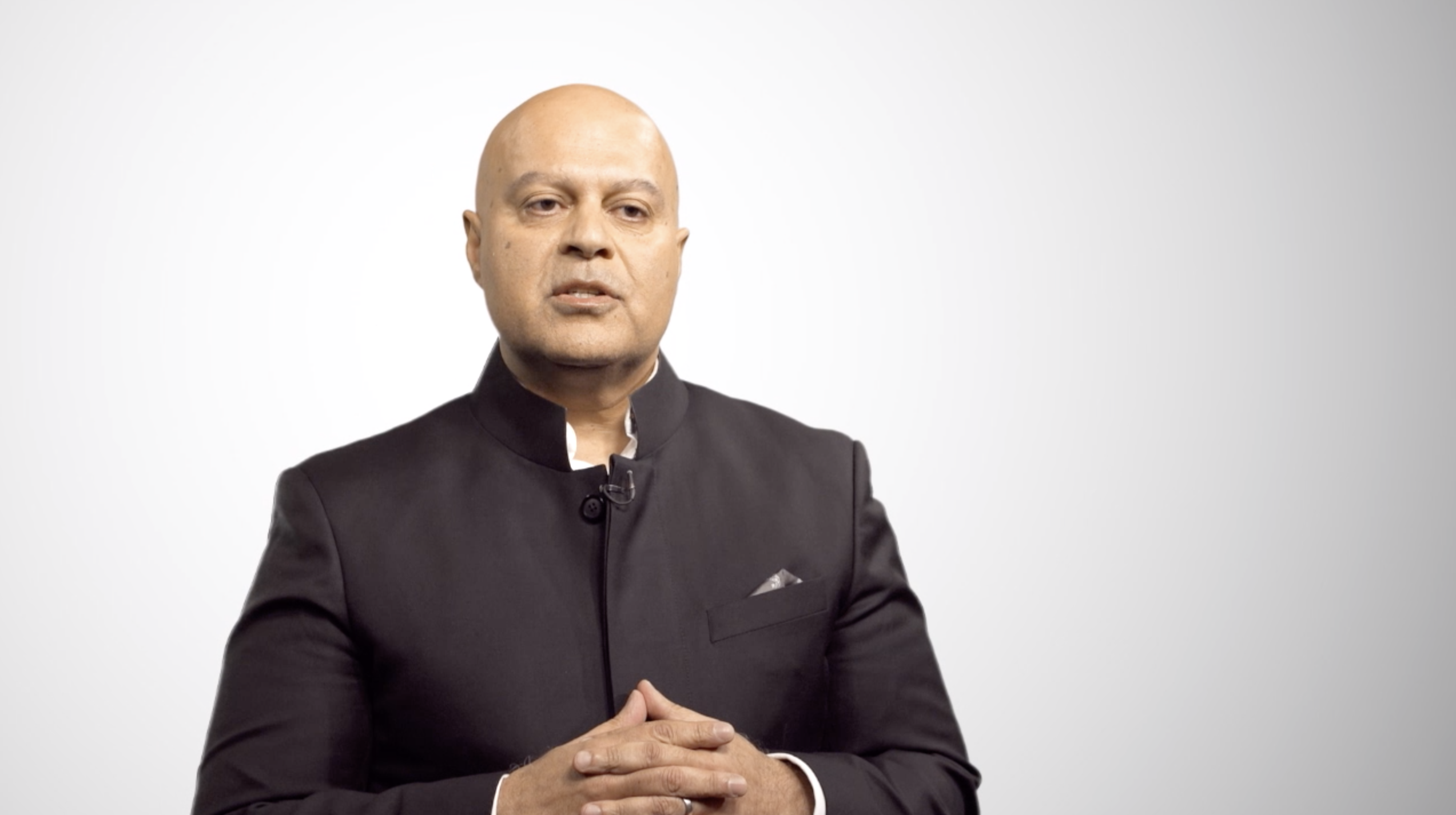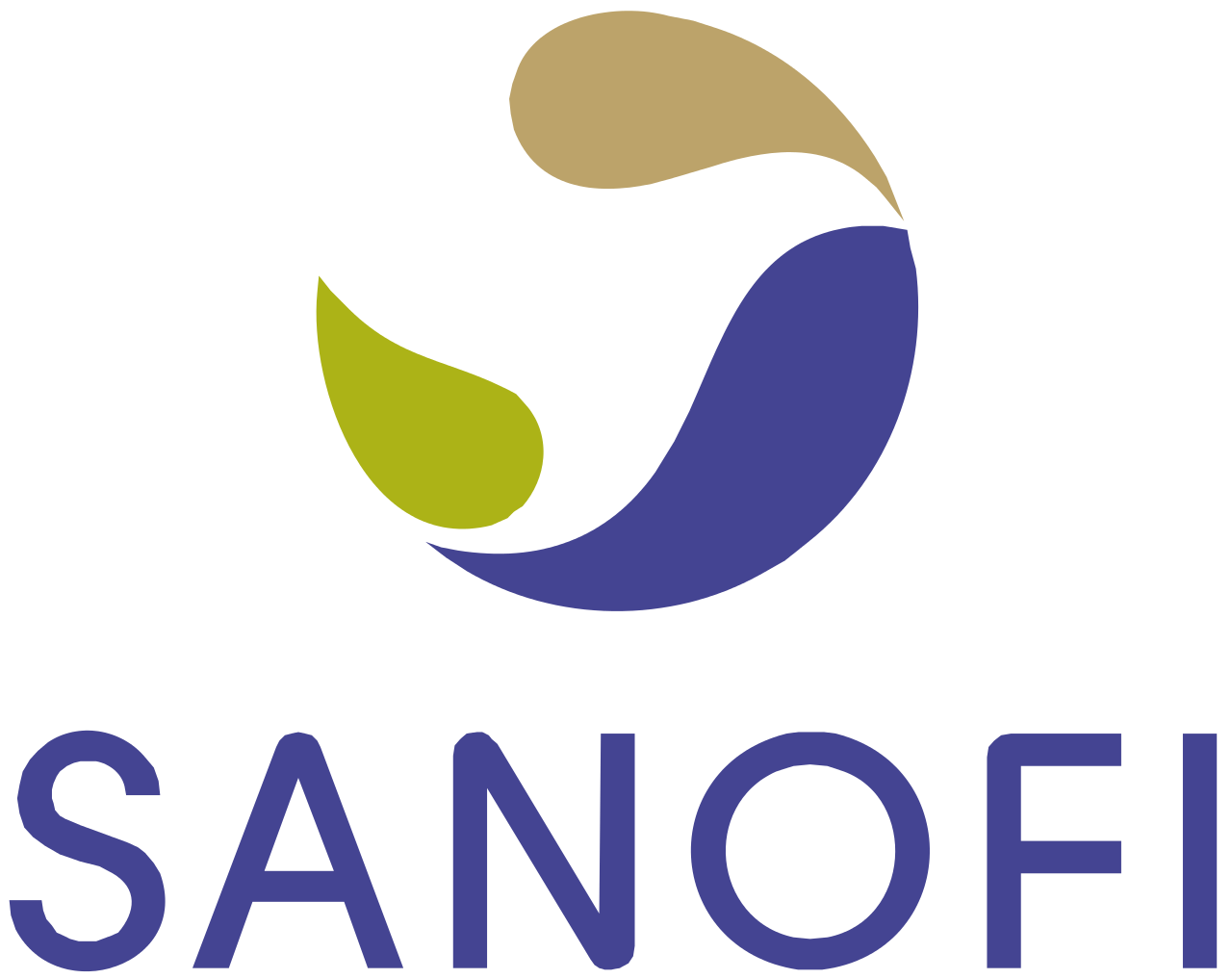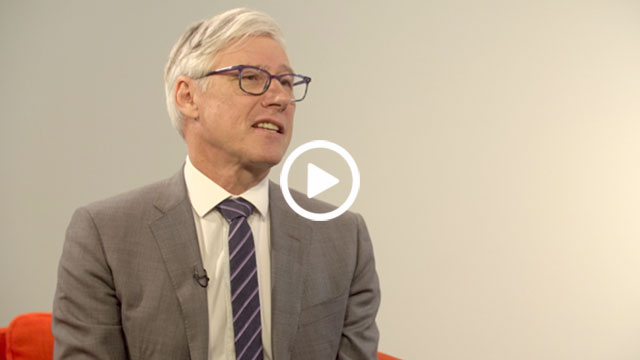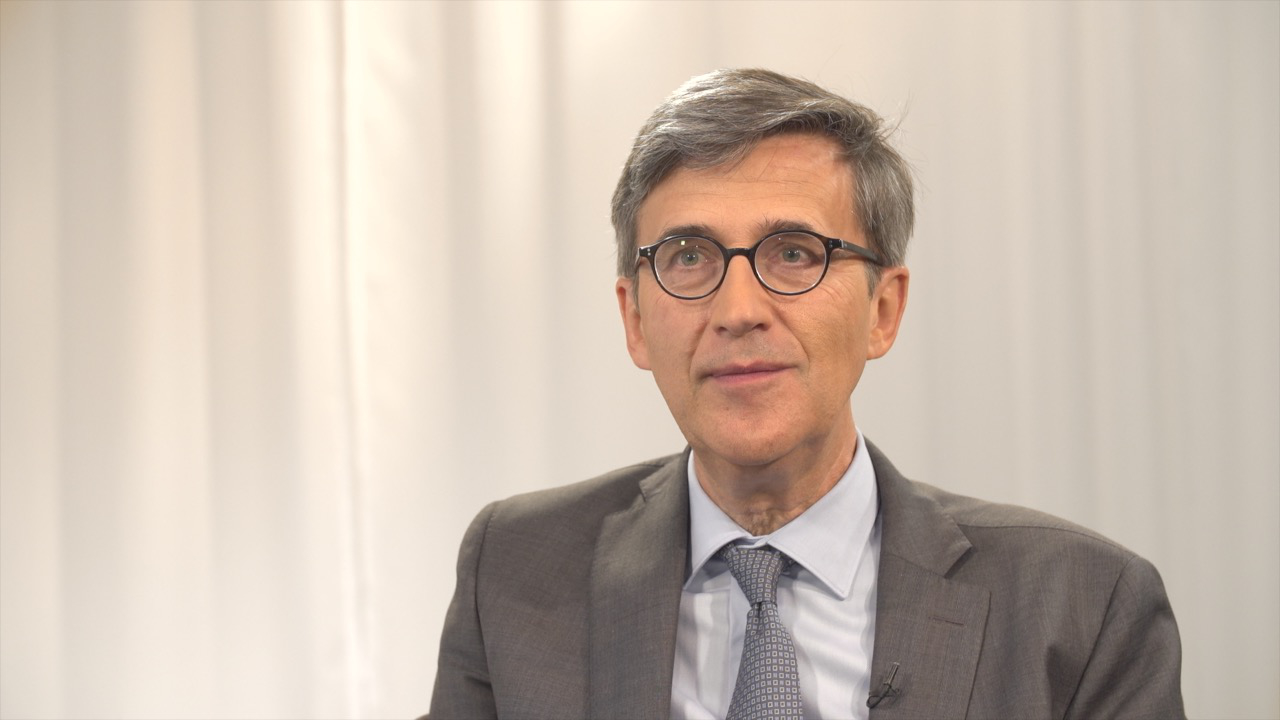EuroBusinessMedia (EBM): Sanofi, a global and diversified healthcare leader, reports earnings for the third quarter of 2011. Jérôme Contamine, welcome. You are the CFO of Sanofi. Following two challenging quarters, what are your comments on the Group's performance in Q3? Is there anything noteworthy to report today regarding the evolution of your growth platforms and the ongoing impact of generic competition?
Jérôme Contamine: So once again, during the third quarter, the generic competition impacted negatively our sales by around €470 million. However, thanks to the contribution of the growth platforms, we have been able, this time, to overcome that and to post growth, both in sales and profit, which I think is an important milestone as the company is starting to have the patent cliff behind it. Actually, the growth platforms now represent, together with Genzyme, 68.5% of our overall sales. They have grown once again double digit, helped by, in particular, Diabetes, Vaccines and Consumer Health Care. Together with Genzyme, we have been able to post a total growth of sales, on a constant exchange rate basis, of 10.1% and an EPS growth, on a constant exchange rate basis, of 1.6%. So it’s a turning point for Sanofi, after a few quarters of negative growth to generic competition, to come back to total growth both in sales and profit.
EBM: Your growth rate in emerging markets in the first half of 2011 is about 10%. What was your growth in Emerging Markets in Q3 and is it in line with your road map of double digit growth between 2012 and 2015?
Jérôme Contamine: So actually Sanofi is poised to continue to post strong growth in Emerging Markets. For the third quarter, we posted 6.8% growth which, including Genzyme, makes 12%. Year-to-date up to the end of September, we posted a bit more than 9% overall growth. A strong contributor has been the BRIC countries, which all in all have posted close to 20% growth, with special mention for China - +47% - helped by the strong growth of Plavix®, the doubling of sales of Lantus® and the contribution of our recently acquired company in CHC, BMP Sunstone, but also Brazil, which is also continuing to post strong growth -19% - helped by CHC and vaccines in particular. Also we have, all in all, very strong growth in Latin America and Asia. The only area which has been somewhat weaker during the quarter has been Turkey and Eastern Europe, due to a cut in prices and also generic competition on Taxotere®. So all in all, if I exclude these areas (Turkey and Eastern Europe), even for the third quarter the growth in Emerging Markets has been 11.5% (excluding Genzyme).
EBM: What’s your update on Lantus® in Q3 and your outlook for the evolution of the competitive landscape for Lantus® beyond 2015?
Jérôme Contamine: Our Diabetes division is a really important pillar of our overall growth and we have high ambitions in this area. Over the quarter, the Diabetes division, not only Lantus® but also Apidra®, Amaryl® and Insuman® posted more than 12% growth, outpacing our competitors. And since the beginning of the year Lantus® has posted 14.6% growth in the US and more than 20% in Emerging Markets. A significant part of that is also linked to the development of devices, in particular SoloSTAR®. SoloSTAR® in the US now represents 47% of our sales, which is 14% more than what we posted for Q4 2009. So what we feel is that we are in a strong position, that our strategy in diabetes is the right one, to provide a full range of services to our patients, and we are confident that it will continue to be the case going forward.
EBM: What is your update today on the integration of Genzyme?
Jérôme Contamine: So the integration of Genzyme is going well and I would say is close to being completed. Now we can separate part of Genzyme which has been transferred to Sanofi, which includes products like Renagel® / Renvela® in the renal franchise, and Synvisc® in biosurgery, which have both posted strong growth, renal being up 7%, biosurgery growing double digit during the quarter. When it comes to the rest of Genzyme, which includes PGH, the orphan disease business, but also in the future the Multiple Sclerosis franchise, the performance has been good as well. In particular Myozyme® / Lumizyme® has posted 27% growth over the quarter. Cerezyme® and Fabrazyme® are still under constraints in terms of supply, but we are making progress in our ability to complete all the process validation runs and therefore the approval of our new Framingham facility. So based on this progress, we can confirm today that we plan to start producing and commercialising products from Framingham in the first quarter of 2012.
EBM: In the third quarter, your vaccine sales were significantly above consensus expectations. Can you explain why?
Jérôme Contamine: You are right to say that our Vaccines division posted strong sales over the quarter, increasing by 19.9%. This is partly due to early shipment of our flu vaccines to the Northern Hemisphere, in particular to the US. Overall our seasonal flu vaccine sales have grown by 42% on a quarter to quarter basis, if you compare Q3 2011 and Q3 2010. This has been supported by the early shipment of our vaccines, but also by the launch of differentiated products, such as Fluzone® Intradermal, which is now launched in the US and also increased sales of the high dose vaccines in the US as well. You can notice also that Menactra® has posted growth of 10% and that Pentaxim® is doing very well in emerging markets, with an overall growth of 18% in Q3.
EBM: The street seems to have conservative expectations for your pipeline, but the number of new product submissions has dramatically risen recently. Can you elaborate on this?
Jérôme Contamine: You are right to say that we are rather satisfied with the progress that we are making in R&D. Just over the quarter we have filed 5 different products, which I think is a good achievement when you think about the number of products which are filed all over the industry over one year, either in the US or in Europe. So the first one we filed is Kynamro™, which we filed in the EU in July. Kynamro™ is mipomersen, a treatment for familial hypercholestoremia. The second one is Aubagio®, a former Sanofi product for Multiple Sclerosis which we just filed in the US. We have filed both in the US and in the EU Visamerin® / Mulselvo® (semuloparin) for prevention of VTE in patients treated for cancer undergoing chemotherapy. We have filed Zaltrap™ in the US quite recently, for second line treatment of colorectal cancer and finally we have filed, also in the EU, Lyxumia®, our GLP-1, before filing at the end of next year in the US. We are still waiting for the results of the CARE-MS II study, Phase 3 for Lemtrada™, which we plan to have in November and based on that we plan to file both in the EU and the US in Q1 2012.
EBM: At the Q3 landmark today, do you confirm or refine your guidance for the full year 2011?
Jérôme Contamine: When we published our Q2 results, we upgraded our guidance and we gave the overall guidance for the full year to have business EPS to be lower than 2010 by 2% to 5%. Based on the quite good results and performance we have released today - and based on the outlook we have for the end of the year - we can just confirm this guidance for the full year.
EBM: Jerome Contamine, CFO of Sanofi, thank you.
Jérôme Contamine: Thank you.






